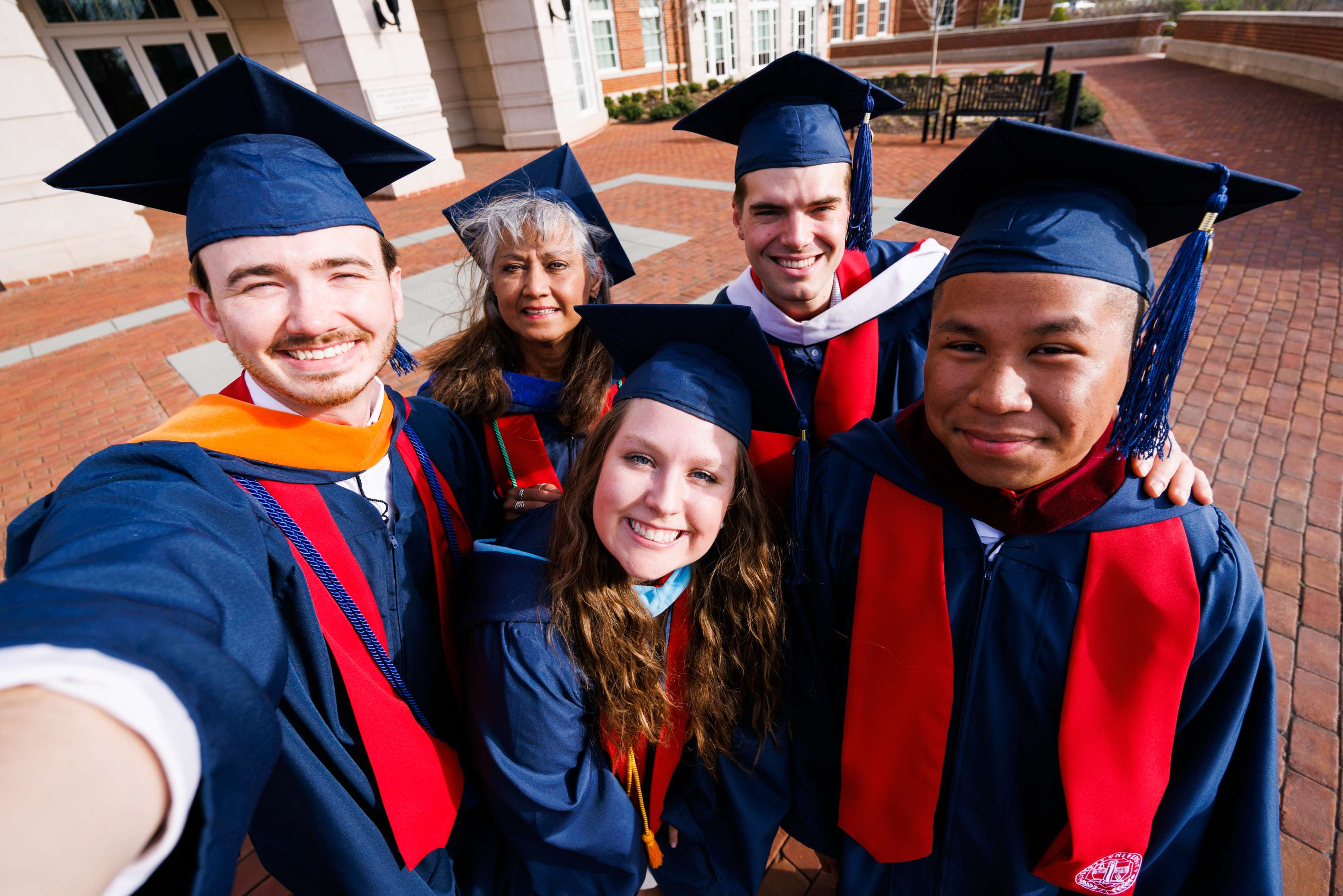EDUC 773 Teaching and Learning in the Online Environment
Course Description
For information regarding prerequisites for this course, please refer to the Academic Course Catalog.
Course Guide
View this course’s outcomes, policies, schedule, and more.*
*The information contained in our Course Guides is provided as a sample. Specific course curriculum and requirements for each course are provided by individual instructors each semester. Students should not use Course Guides to find and complete assignments, class prerequisites, or order books.
Rationale
This course will provide an overview of asynchronous, synchronous, and blended learning environments. Theoretical foundations along with practical strategies to effectively implement online learning within these three environments will be explored.
Course Assignment
Textbook readings and presentations
No details available.
After reading the Course Syllabus and Student Expectations, the candidate will complete the related checklist found in the Course Overview.
Discussions (3)
Discussions are collaborative learning experiences. Therefore, the candidate is required to provide a thread in response to the provided prompt for each Discussion. Each thread must be 400 words, cite at least two scholarly sources, and demonstrate course-related knowledge. In addition to the thread, the candidate is required to reply to at least two other classmates’ threads. Each reply must be 200 words and cite at least one scholarly source. All sources must be cited in current APA format. (CLO: A, B, C, D)
The candidate will write a 3-4-page research-based paper in current APA format that focuses on changes in education along with the importance of modeling Christ to students. The paper must include at least two scholarly references and at least two verses from Scripture. (CLO: E)
The candidate will write a 6–8-page paper in current APA format that provides three benefits to asynchronous learning and how to utilize them, and three limitations to asynchronous learning and how to overcome them. The candidate will explain how cognitive load theory and Universal Design for Learning connect to asynchronous learning. Finally, the candidate will explain how the teacher can model Christ in an asynchronous learning environment. The paper must include at least six scholarly references in addition to at least one reference to Scripture. (CLO: A, B, E)
The candidate will create a 2-slide presentation that will include expectations for an asynchronous course and tips to help his/her students succeed. (CLO: A, B, D)
The candidate will create an asynchronous lesson using EdPuzzle. Candidates will need to focus on how to dissolve the screen, create a culture of attention and engagement, and remember the importance of modeling Christ during the recording. The video should be 5-10 minutes in length. (CLO: B, D, E)
The candidate will write a 6-8-page paper in current APA format that provides three benefits to synchronous learning and how to utilize them, three limitations to synchronous learning and how to overcome them. The candidate will explain how equivalency theory, transactional theory, and the Community of Inquiry framework connect to synchronous learning. Finally, the candidate will explain how the teacher can model Christ in a synchronous learning environment. The paper must include at least six scholarly references in addition to at least one reference to Scripture. (CLO: A, B, E)
The candidate will create a 1-page lesson template that includes a lesson opening, partner and independent work, lesson closing, and flex time. (CLO: B, D)
The candidate will select a video conferencing tool and record the introduction section of his/her lesson template. The candidate must include a pause point and an assessment loop. The recording should be 10-15 minutes in length. (CLO: B, C, D)
The candidate will write a 6-8-page paper in current APA format that provides three benefits to benefits to blended learning and how to utilize them, three limitations to blended learning and how to overcome them. The candidate will explain how TPAK and self-determination theory connect to blended learning. Finally, the candidate will explain how the teacher can model Christ in a blended learning environment. The paper must include at least six scholarly references in addition to at least one reference to Scripture. (CLO: A, B, E)
Mission Tracker Assignment
The candidate will create a 1-page Mission Tracker for a blended learning unit. (CLO: B, D)
Mastery Learning Resources Assignment
The candidate will create two different resources that will help support a mastery blended learning environment based upon his/her unit created in the Mission Tracker Assignment. Candidates will create a 2–5-minute video that will showcase the two resources and explain how the resources will help create support a mastery blended learning environment. (CLO: A, B, D)
Reflecting and Thinking Towards the Future Assignment
The candidate will write a 3-4 page paper in current APA format that discusses two strengths and two weaknesses they feel they have associated with online learning. The candidate will identify the various opportunities and challenges associated with the future of online learning. Finally, the candidate will discuss the importance of modeling Christ as online learning continues to change. The paper must include at least two scholarly references in addition to at least one reference to Scripture. (CLO: A, C, E)

Have questions about this course or a program?
Speak to one of our admissions specialists.
Inner Navigation
Have questions?
